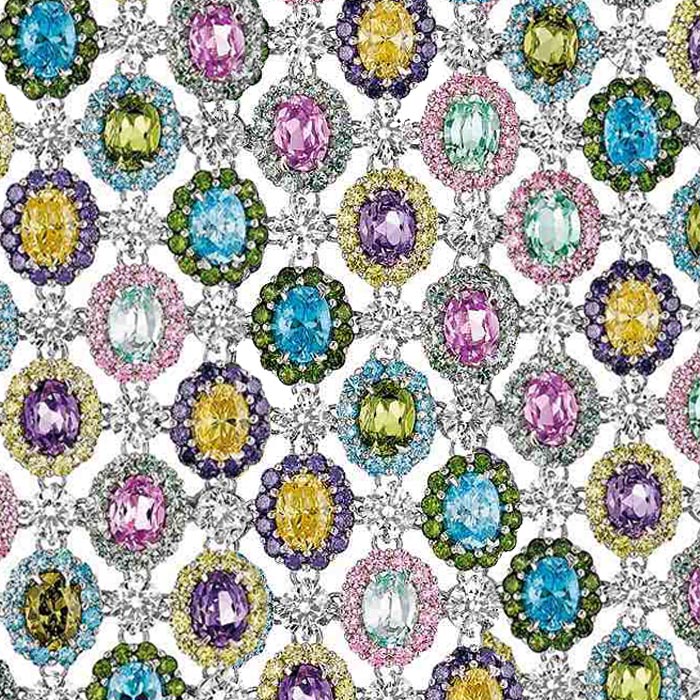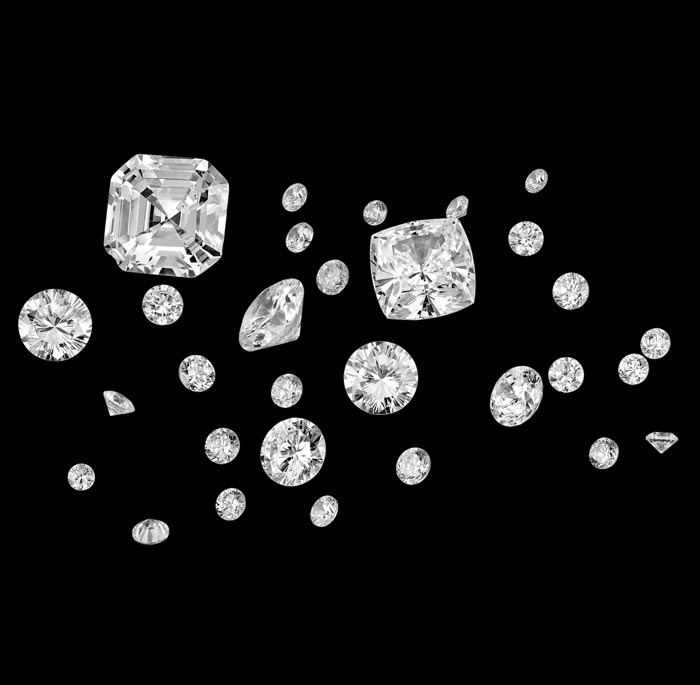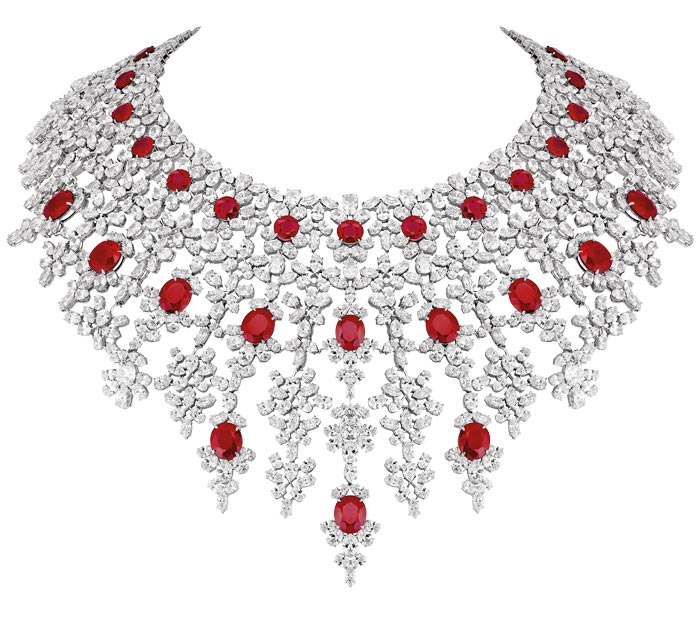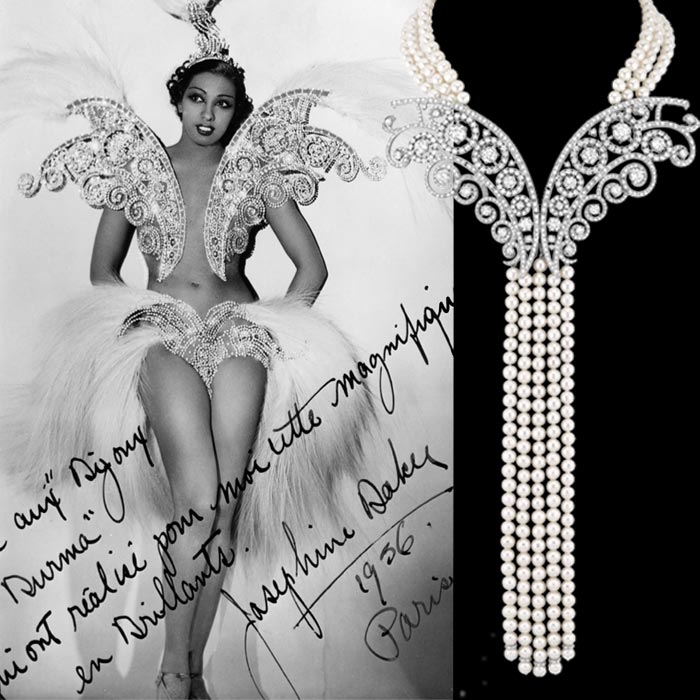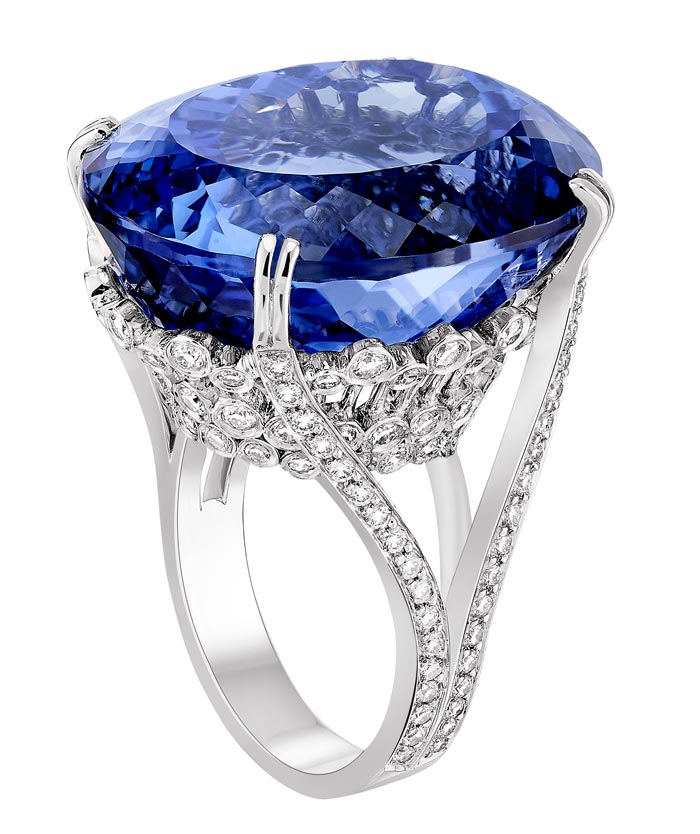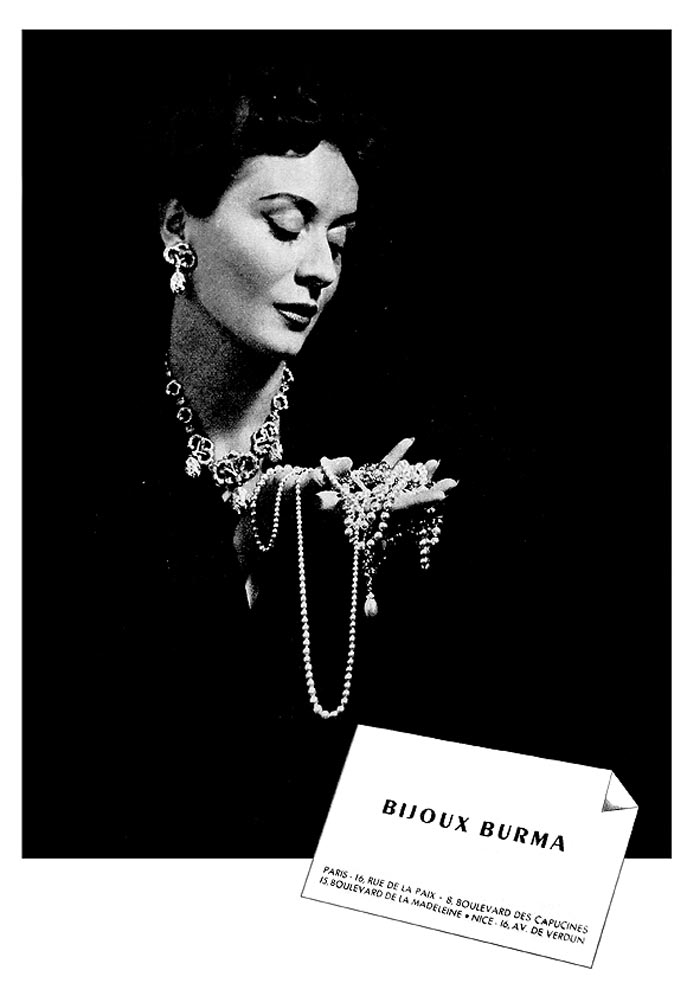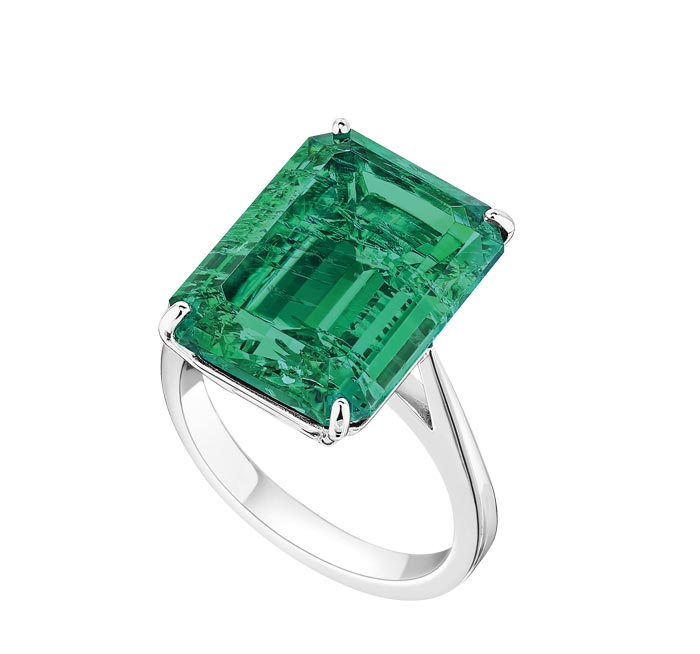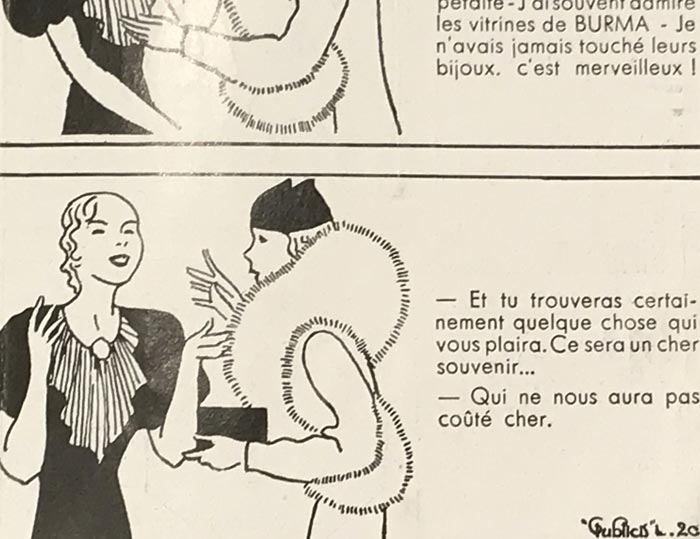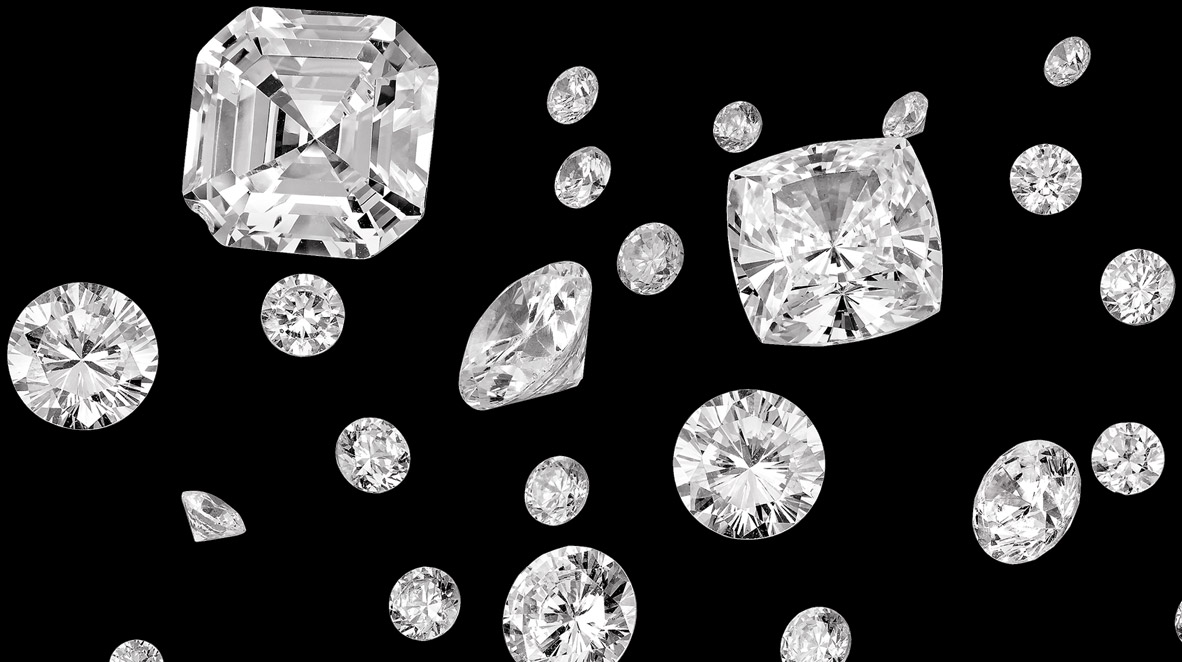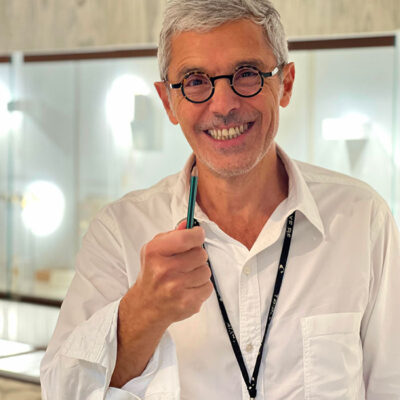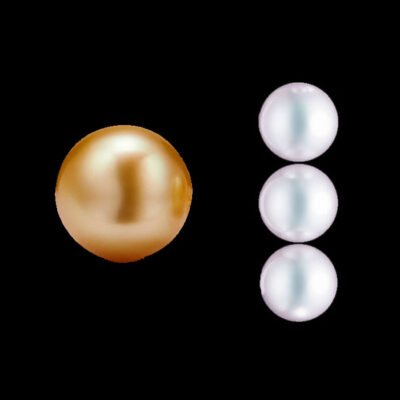Business
13 September 2018
Share
Bruno Zarcate, Burma and synthetic stones
The increasing prevalence of synthetic stones in jewelry is much debated, and even polemical. As Burma is a pioneering company in this field, I met and talked to its CEO, Bruno Zarcate.
Synthetic stones have been your preferred material for a long while now…
When my grandfather took over Burma in 1956, the company specialized in cultured pearls and rhinestones. In the 1970s, we began to replace the latter with synthetic gems. They have the same chemical properties as natural stones, and it’s impossible to tell the difference with the naked eye! And of course, they are less expensive, even if the carat of a fine cultured emerald can go up to $100, compared with at least $3,500.
You registered the term Burmalite™ in 1976: what does it cover, precisely?
It’s a brand designating all our stones, from zirconium oxide, which imitates the diamond, to cultured corundums (i.e. sapphires, rubies and emeralds). Some of them are stunningly beautiful, like this 60-carat blue sapphire, which my daughter Alexandra Zarcate (who recently took over as artistic director) has decided to combine with natural diamonds.
Your unique positioning might seem a little hard to grasp…
For a long time, people associated Burma with fake jewelry, because of our synthetic gems. But are cultured pearls regarded as fake? We have a niche; we stand out because of a rather crazy category of stones that we combine with an “haute joaillerie” approach: top-quality, one-of-a-kind pieces produced in Paris workshops using traditional techniques like lost wax casting.
People are talking a lot about cultured diamonds, which will probably help to demystify these synthetic stones… In fact, why shouldn’t they be used?
One day we will use them, but for the moment they cost a lot: 40% of natural diamond prices. In the long run, I think this should come down to only 10%, and then they will be positioned as they should be, i.e. a product associated with fancy jewelry. Another reason synthetic diamonds don’t feature in our collections is that as yet there are no large 10 carat stones – the sort Burma likes!
In your advertisements between the Thirties and Fifties, women had a lot of humor. What type of women wear your jewelry today?
The ones who like a mixture of jewelry made with natural and synthetic gems. They see the former as an investment, while they can take the latter on their travels without worrying. Our jewelry also enables them to change more often. These women never hesitate between the two: they don’t fantasize beyond their means, but feel they can treat themselves to the odd emerald. Julie Gayet, who wore Burma jewelry at the Cannes Festival in 2011, was one of the first to appreciate its ecological and ethical benefits.
Related articles:



